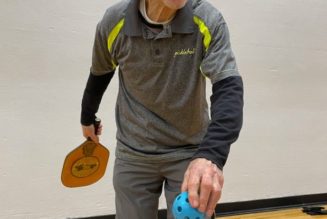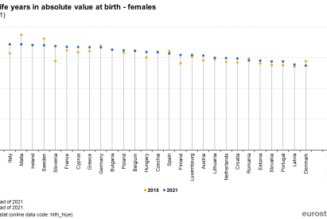
There is a growing epidemic of childhood obesity in America. One in five school-aged children is estimated to be obese, with higher rates in rural communities compared to their urban counterparts. Furthermore, within rural communities, Latino children are more affected by obesity compared to non-Latino whites, demonstrating both regional and ethnic disparities in childhood obesity. Understanding why there is such a high prevalence of childhood obesity in these areas and finding strategies to prevent it is one of the research areas of Dr. Linda Ko’s research group. Dr. Ko is a joint professor in the Fred Hutch Public Health Sciences Division and School of Public Health at the University of Washington and director of Fred Hutch Health Communication Research Center. The Ko team sought to understand this epidemic within rural Washington communities and received “a capacity building grant […] to partner with the community in the Yakima Valley to understand the high prevalence of childhood obesity,” and find ways to work with the community to implement healthy changes, Dr. Ko explained. She added that “while conducting a comprehensive needs assessment, we interviewed school partners who among other things shared the challenges of implementing school policies around nutrition and physical activity.” These interviews uncovered factors that impact being able to implement healthy lifestyle policies in rural Washington K-12 schools and highlight potential ways to further develop and implement these policies. The results of this study were recently published in BMC Public Health and led by Caryn Ausenhus, a research intern in the Ko Lab who is now a medical student at Loma Linda University Medical School.
Here, Ausenhus et al. investigated four rural communities in the Lower Yakima Valley of Eastern Washington State, home to small agricultural communities with a largely Hispanic population. In-depth interviews were conducted with members of school leadership, such as principals and school nutrition directors, from four schools in this region. The participants were asked questions regarding the types of nutrition and physical activity policies currently in place. They were also asked if there was anything that might make it easier to implement these policies. When asked specifically about their school’s nutrition program, most participants were confident that their school was applying the recommended nutrition policies and described the different ways they were being implemented. One interviewee explained that they offer a diverse menu of lunch items in addition to having a “‘fresh fruits and vegetables program [that provides] a snack each afternoon for all the elementary kids [to] broaden our horizons and to get them to try different items…different fruits and vegetables that they may not…get to try normally.’ (Participant #12, Food Service Director).”
While schools were finding creative ways to introduce healthy and diverse foods into school- provided meals, there was more difficulty adhering to or implementing policies surrounding physical activity, in addition to the physical activity policies being less well understood. Several participants were knowledgeable about the Washington State learning standards that require students to partake in 100 minutes of physical exercise (PE) per week, however, most did not believe the school was actually meeting those standards. Furthermore, interviewees emphasized one main barrier to implementing physical activity policies was that physical activity was generally a low priority at the school. This theme surfaced in several ways, including an emphasis on academic achievement with little discussion about health achievement, in addition to a misuse of recess time. Although schools allocate time for recess, many participants stated that students are usually not physically active during this time. One participant described some of the ways that physical activity becomes limited: “‘when kids get in trouble […] the first thing taken away…[is] recess…. If it’s too cold outside, they take away that recess, so kids aren’t getting that access to the daily activity […] which also helps kids focus,’ (Participant #15, School Board Member).” Furthermore, study participants highlighted additional factors that prevent properly applying and improving healthy lifestyle policies in schools. These factors include a lack of strong leadership at the school district level, a lack of funding as well as funding restrictions that prevent schools from allocating funds towards the necessary resources like accessing high quality fresh foods from local produce distributors.








